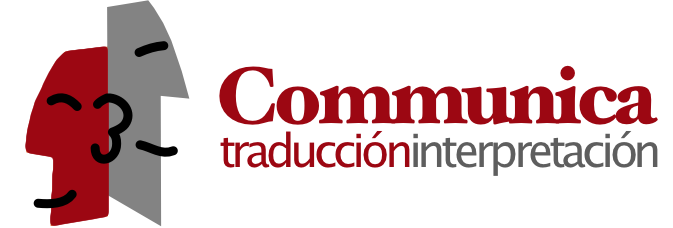Advancements in artificial intelligence (AI) and machine learning have brought significant changes to various industries, and the field of language interpretation is no exception. As AI technologies continue to evolve, there is growing speculation about the future of human language interpreters. In this article, we will explore the potential impact of AI on the profession of language interpretation, the challenges it presents, and the unique value that human interpreters bring to the table.
The Rise of AI in Interpretation:
AI-powered language translation and interpretation systems have made notable progress in recent years. Machine learning algorithms and neural networks have enabled computers to process and translate languages more accurately and quickly. Real-time speech recognition and language processing tools have also emerged, allowing for automated interpretations in certain settings. These advancements have sparked discussions about the potential obsolescence of human interpreters and the widespread adoption of AI-based solutions.

The Limitations of AI in Interpretation:
While AI has made impressive strides in language processing, it still faces significant limitations in the context of interpretation. Language is a complex and subtle form of communication that involves cultural nuances, context, and non-verbal cues, all of which are challenging for AI systems to capture accurately. Human interpreters possess the ability to understand subtle linguistic refinements, adapt to cultural contexts, and convey the speaker’s intended meaning effectively. These uniquely human skills make them irreplaceable in certain interpretation settings.
The Value of Human Interpreters:
Human interpreters offer a range of invaluable skills and qualities that cannot be replicated by AI systems. They bring cultural sensitivity, emotional intelligence, and adaptability to their work. Human interpreters can quickly adapt to rapidly changing situations, navigate sensitive conversations, and provide context-specific interpretations that accurately convey the speaker’s message. They also possess the ability to establish rapport with individuals, fostering trust and enhancing effective communication.
The Synergy of Human and AI:
Rather than viewing AI as a threat to the profession, many experts argue for a collaborative approach that harnesses the strengths of both humans and AI technologies. By leveraging AI tools, interpreters can enhance their efficiency, accuracy, and productivity. AI-powered language translation systems can serve as valuable support tools, providing real-time translations that interpreters can reference during their work. This synergy between human interpreters and AI technologies can lead to improved interpretation services overall.
Adapting and Thriving in the AI Era:
To remain relevant and thrive in the AI era, language interpreters need to embrace technology and continually enhance their skill sets. Interpreters can focus on developing expertise in specialized domains, such as legal or medical interpretation, where the nuances and complexities require human intervention. They can also leverage their unique cultural knowledge and adaptability to provide tailored interpretation services that cater to diverse audiences.

While AI continues to advance in the field of language interpretation, human interpreters remain indispensable. The future of language interpreters lies in embracing technology, leveraging AI tools as support systems, and focusing on the distinct skills and qualities that set them apart. As language remains a deeply human form of communication, the value of human interpreters in accurately conveying meaning, cultural understanding, and bridging communication gaps cannot be underestimated. The synergy between human interpreters and AI technologies holds the key to unlocking a future where effective and culturally sensitive interpretation services thrive.
